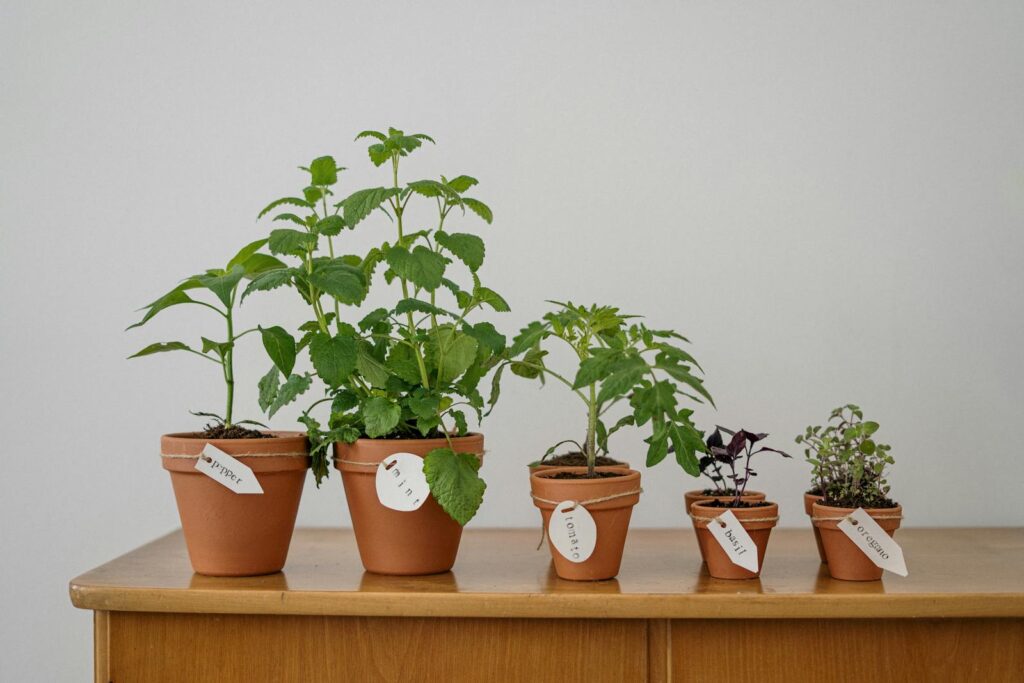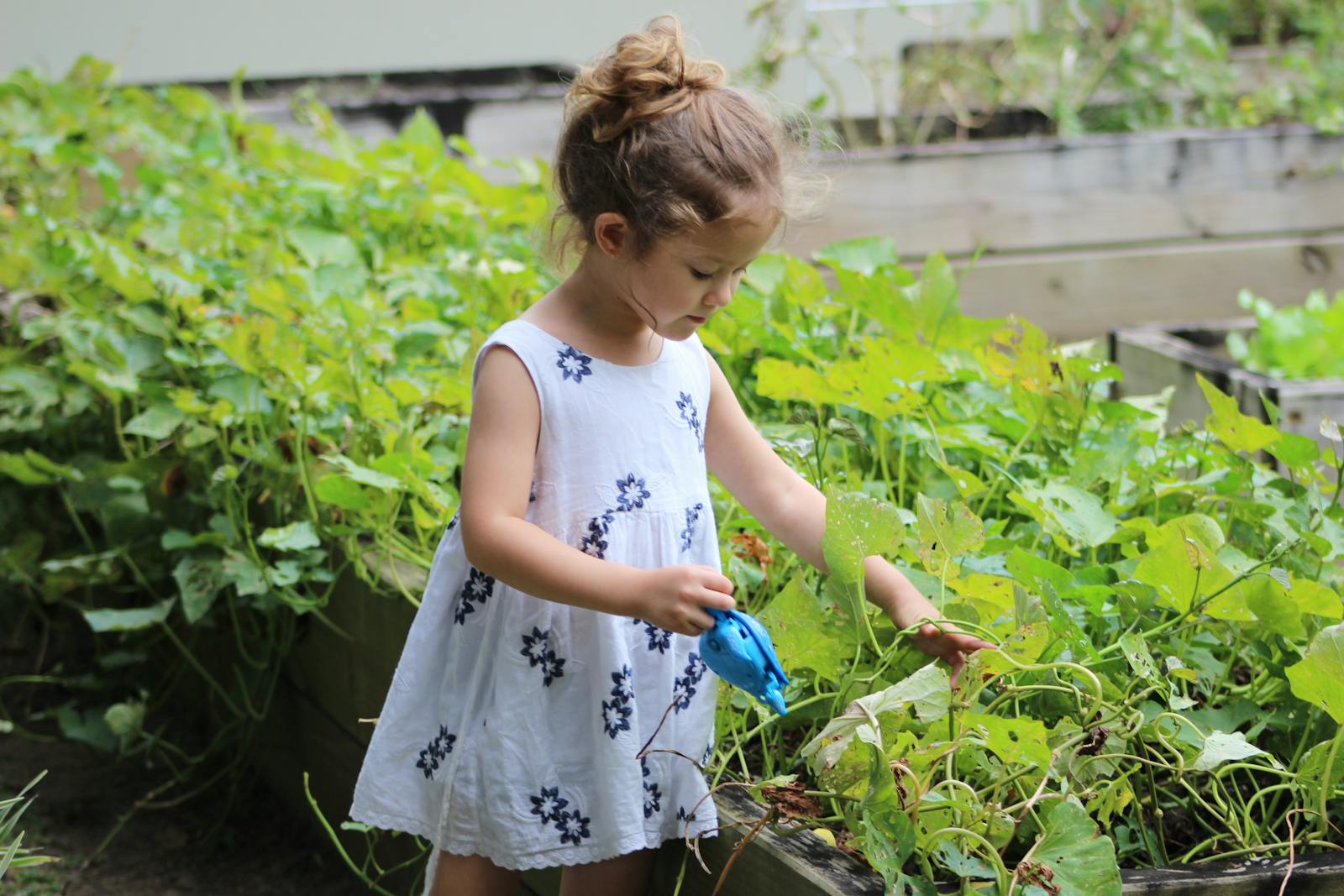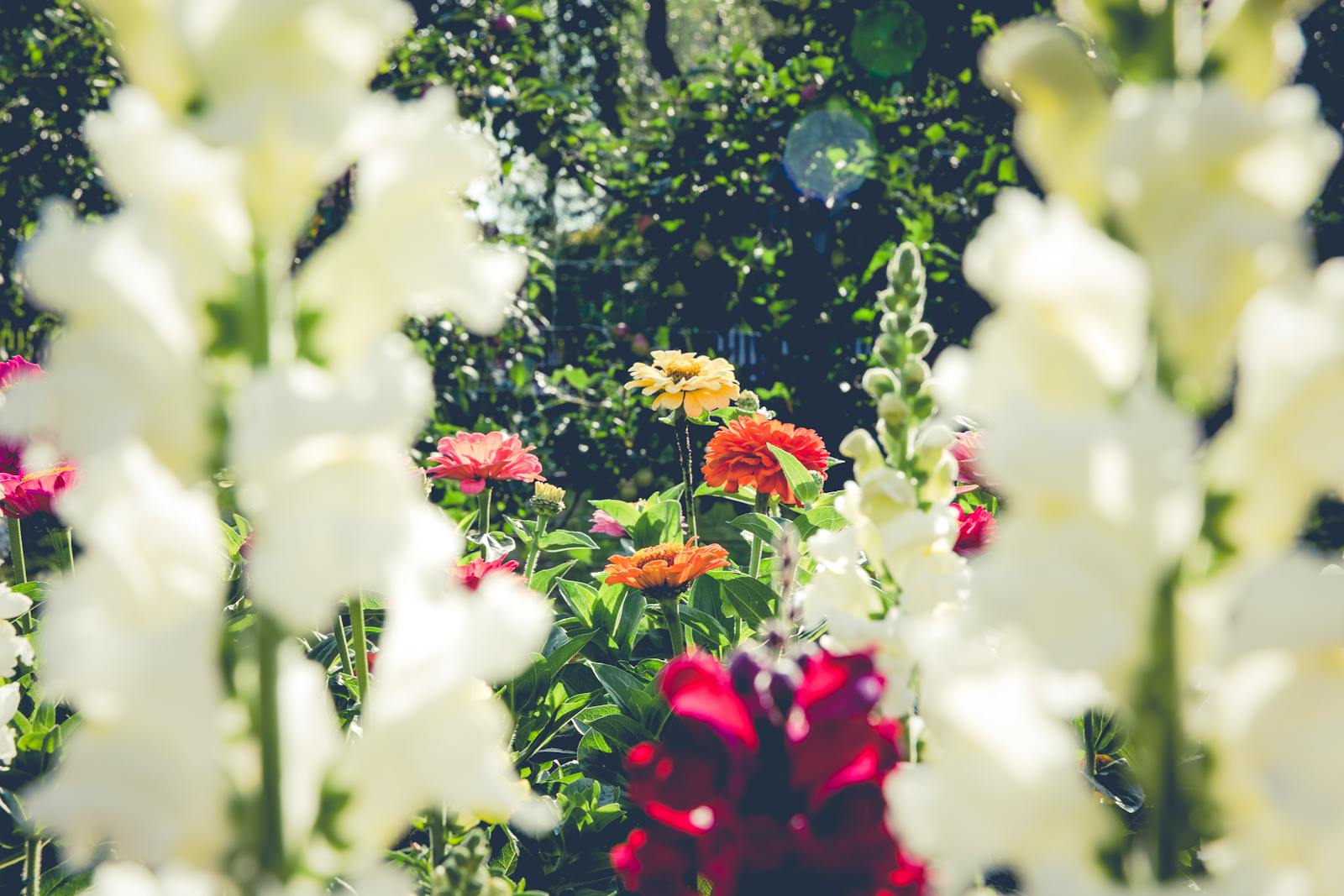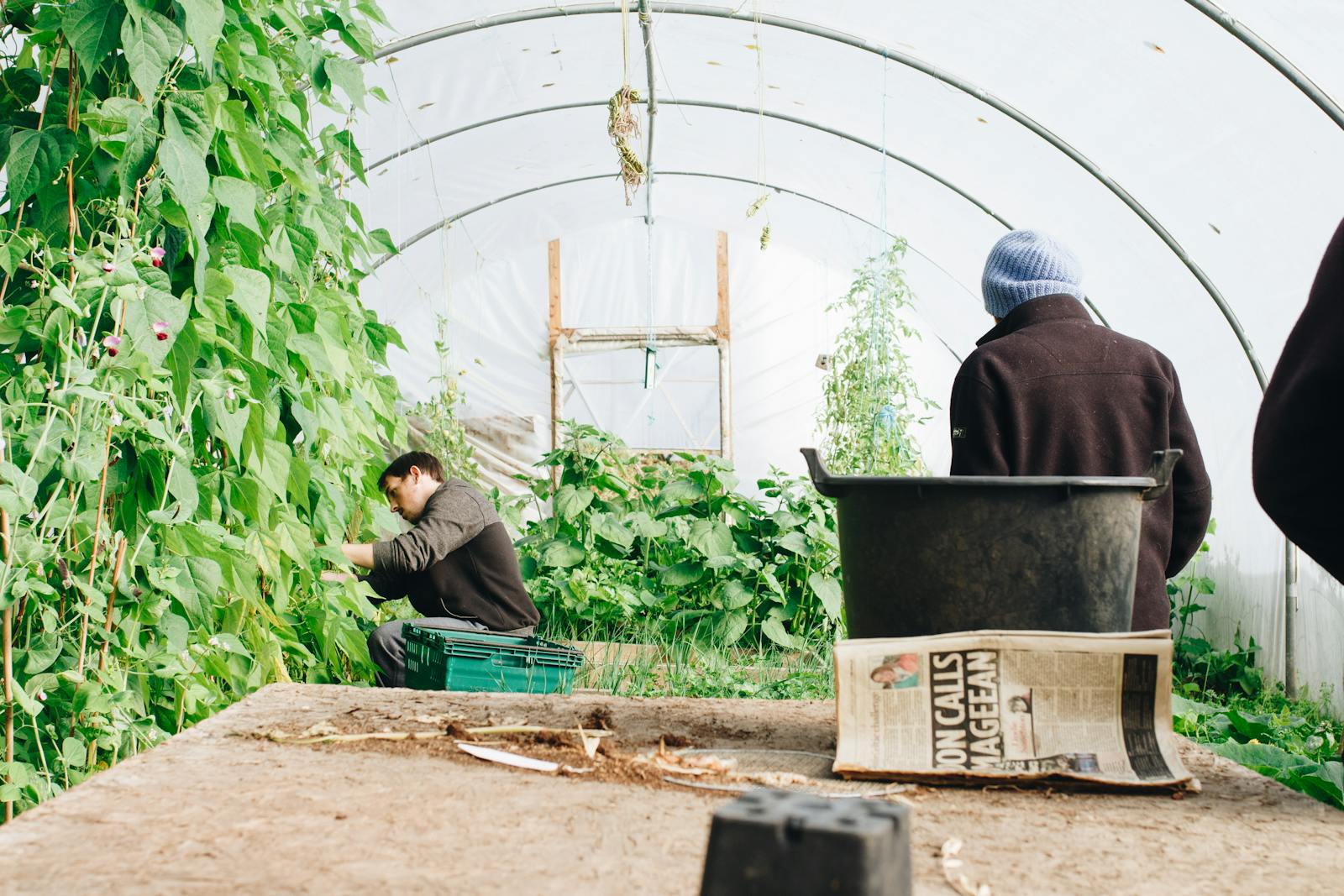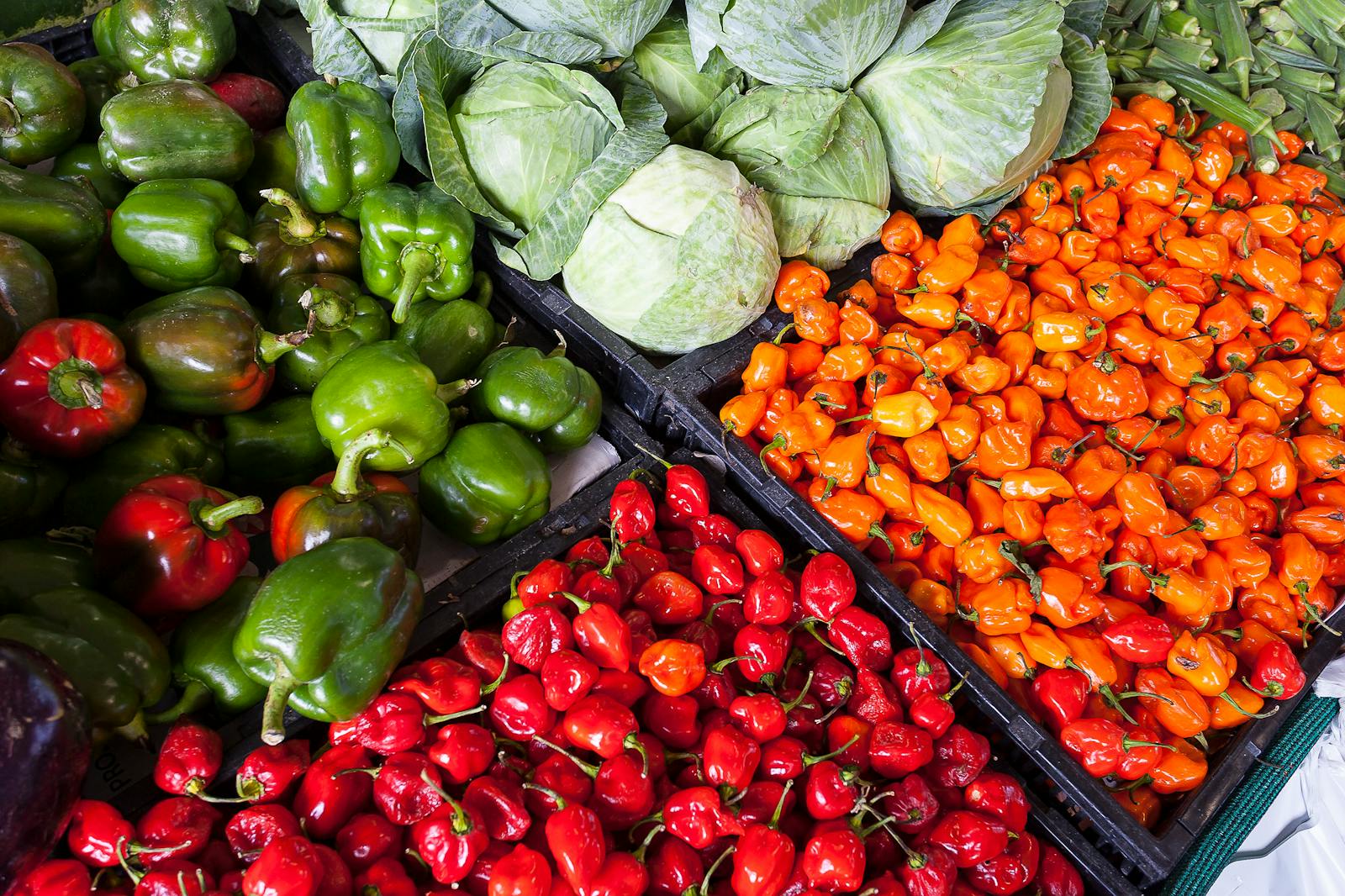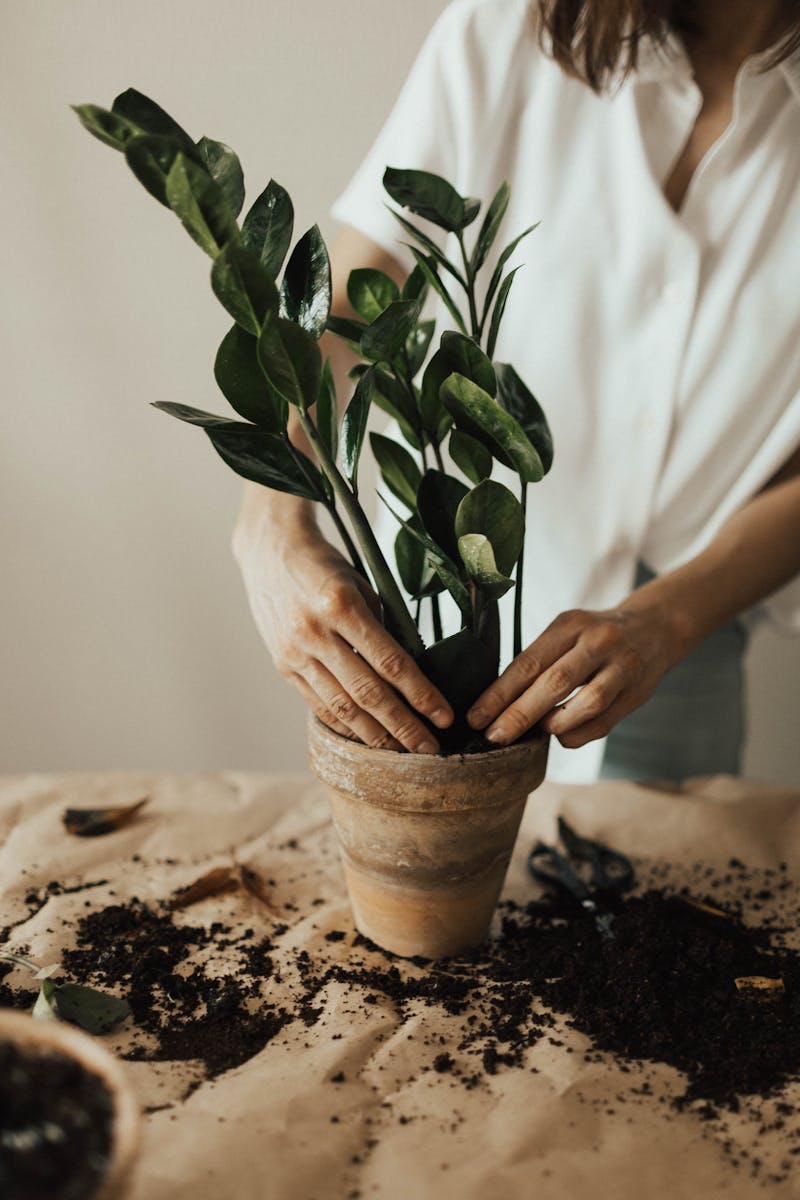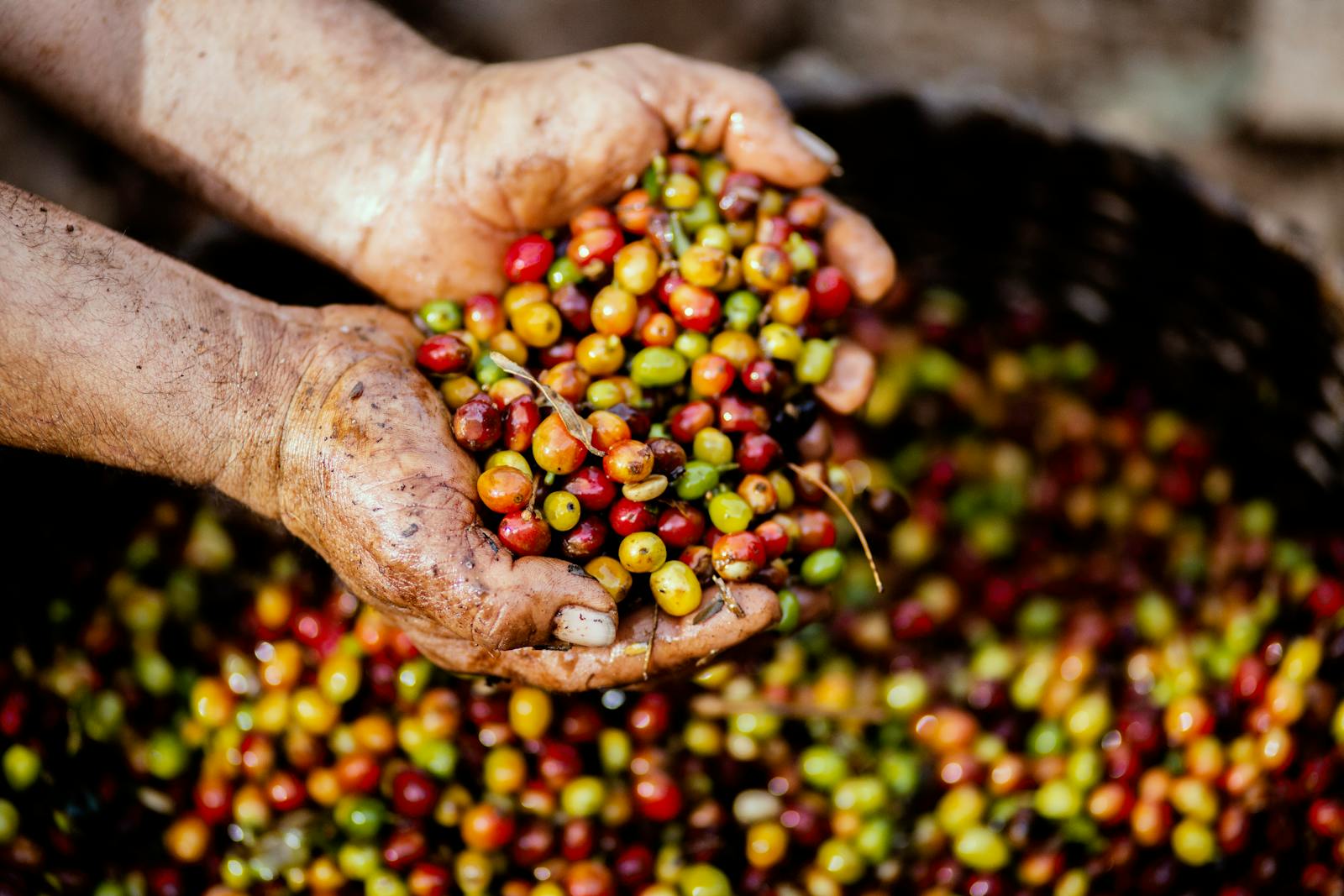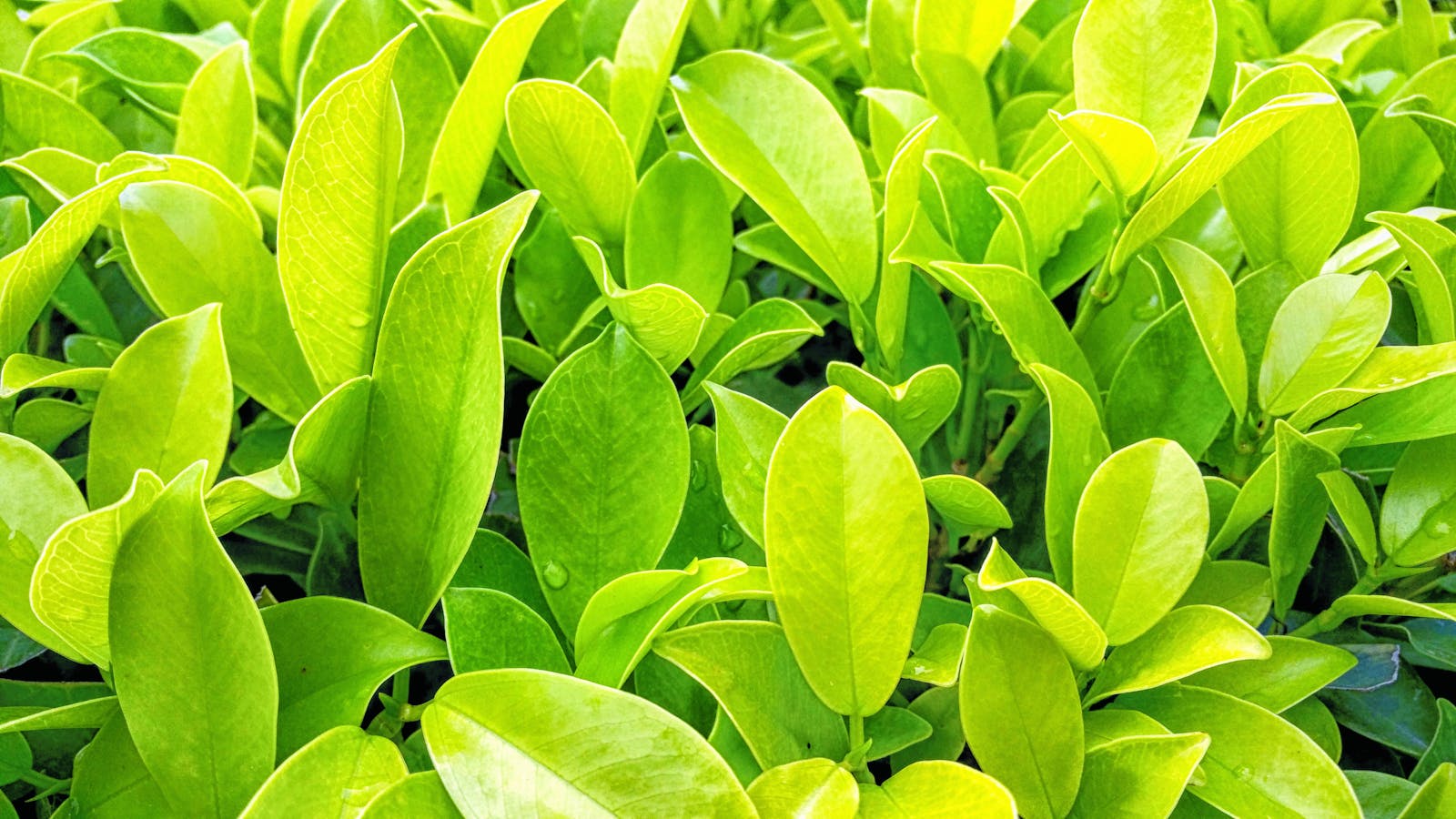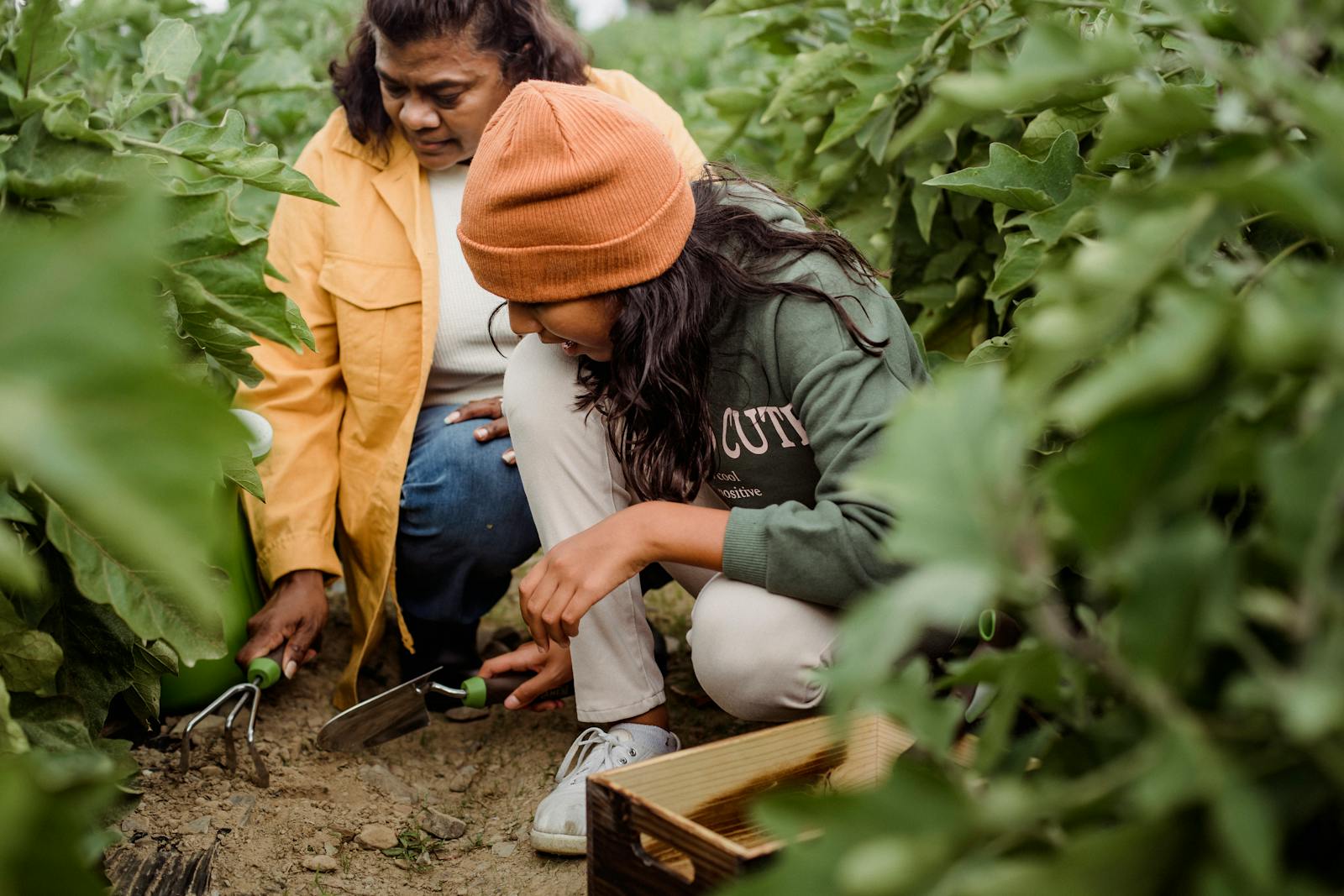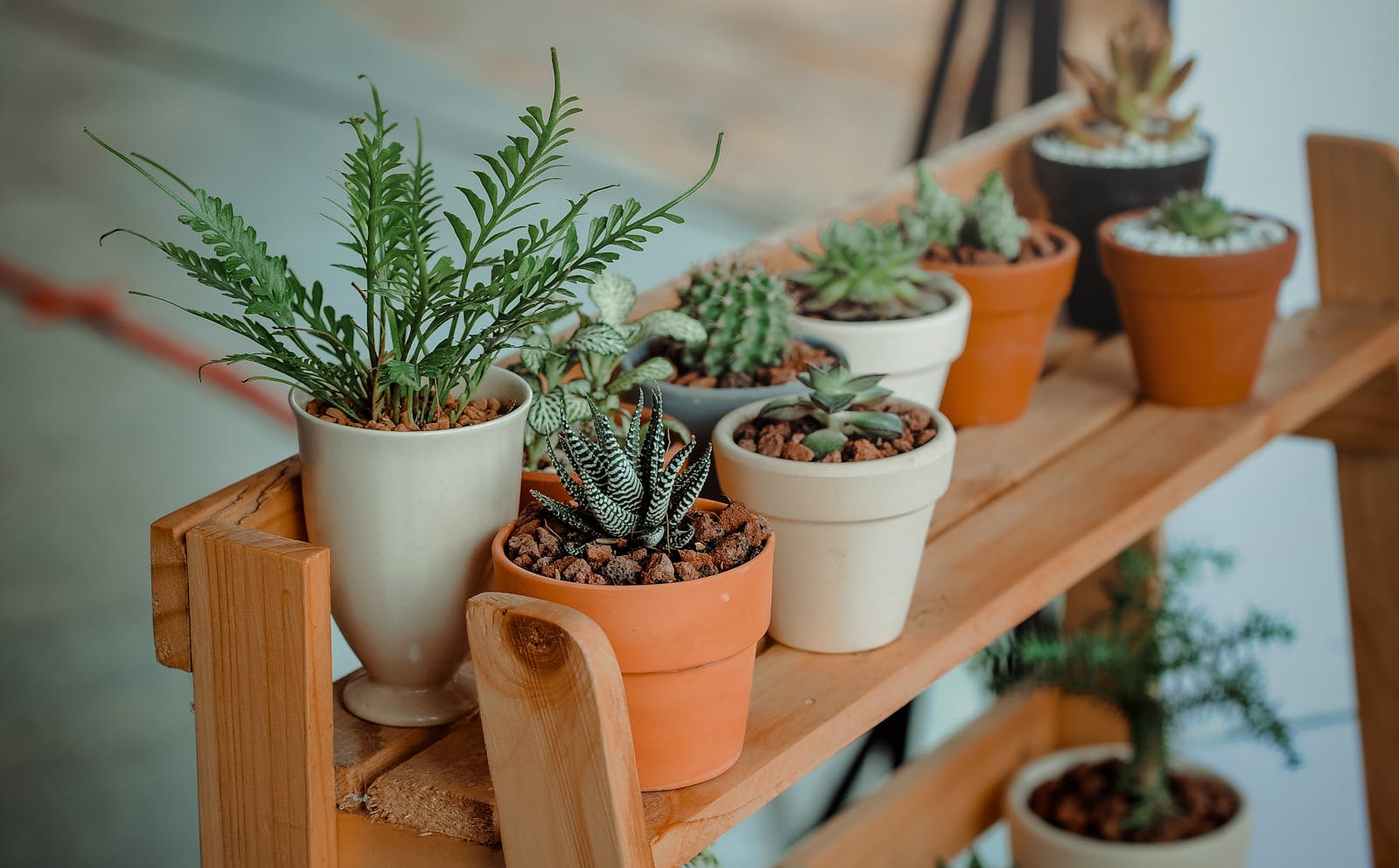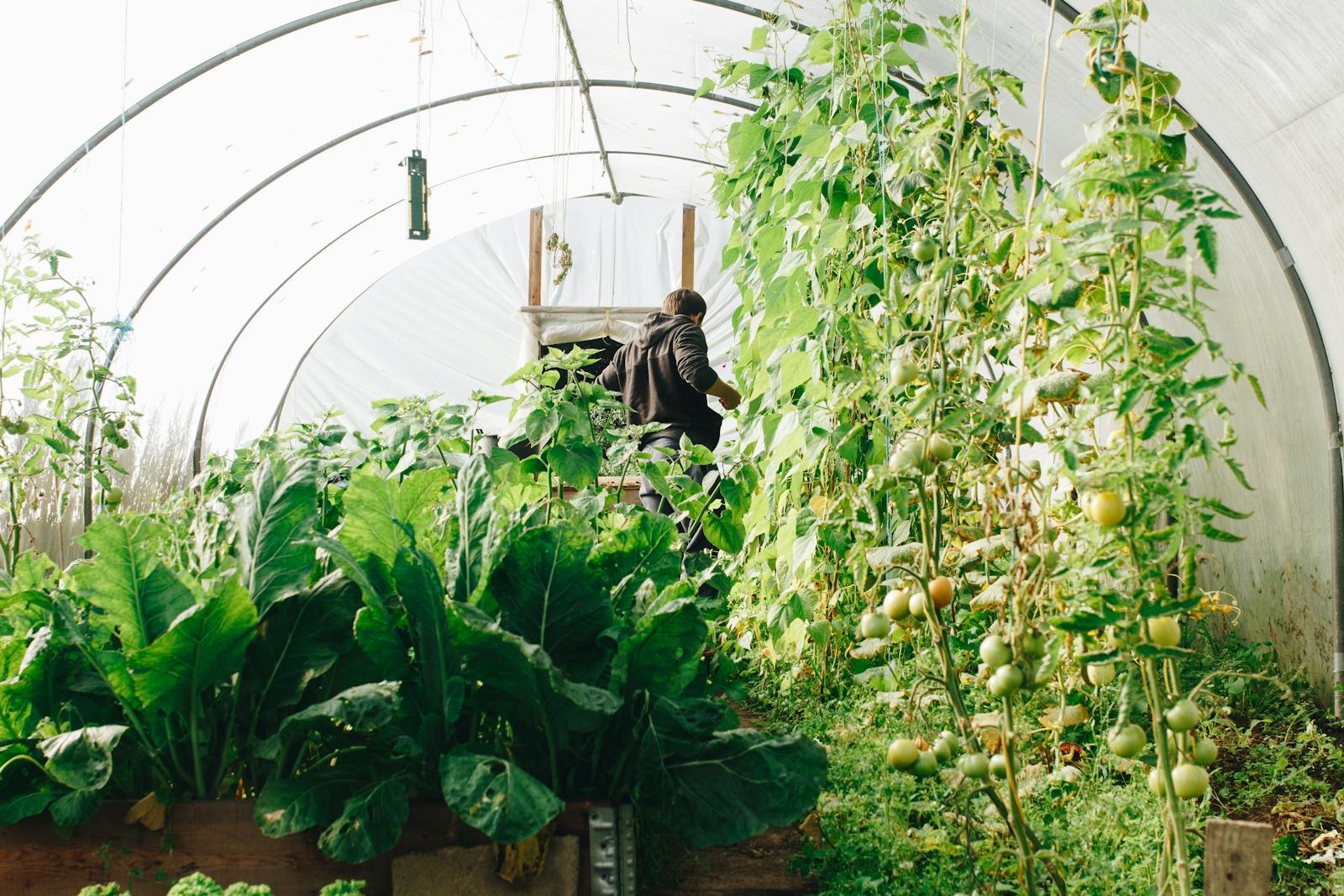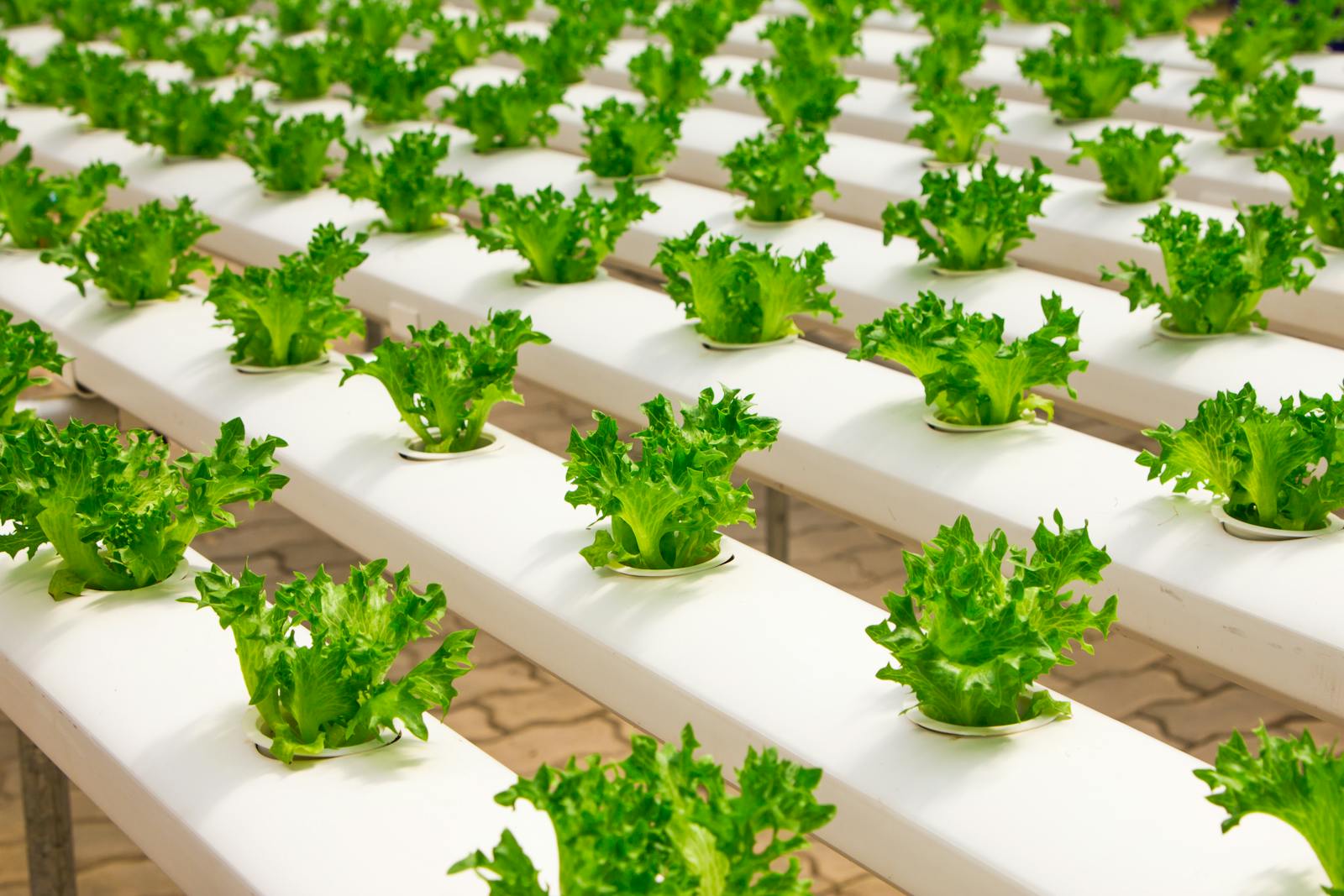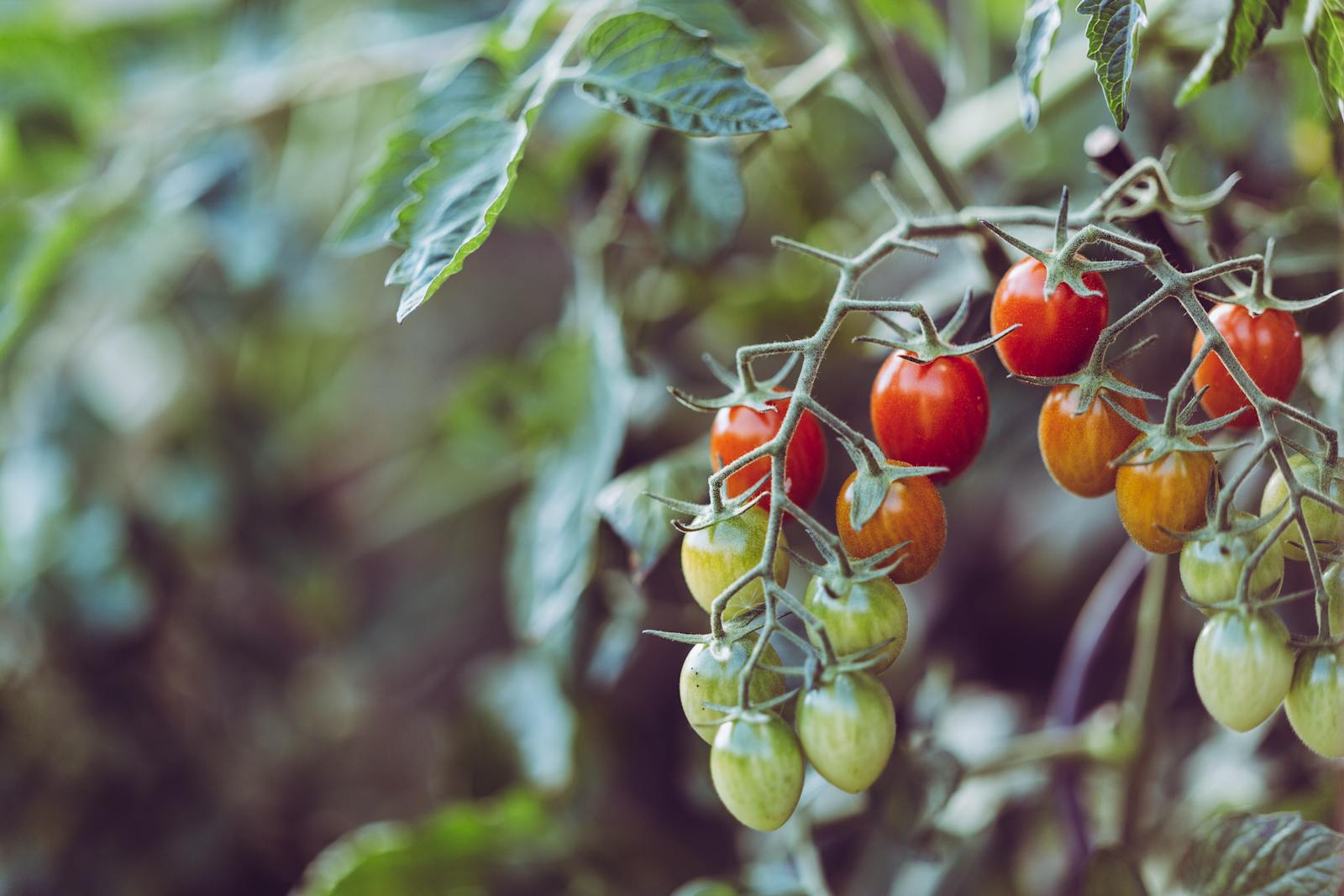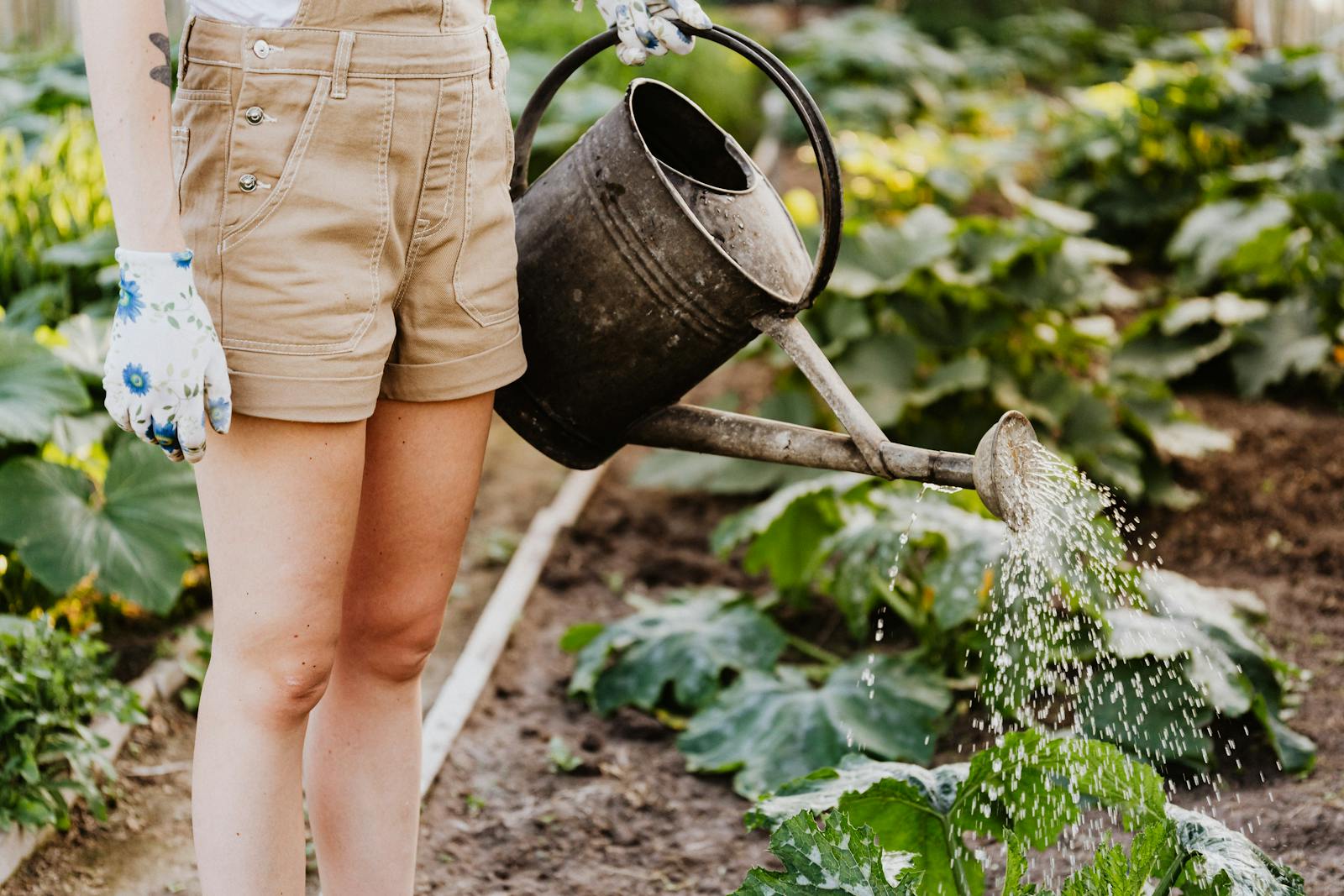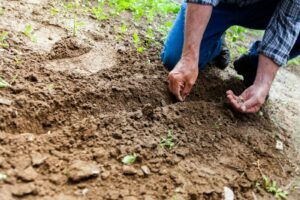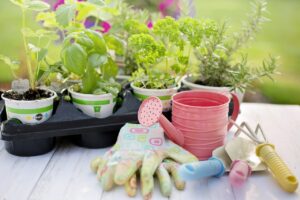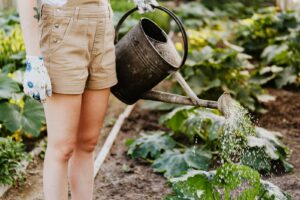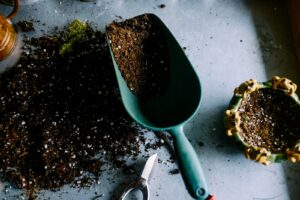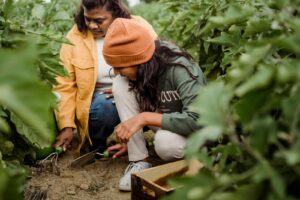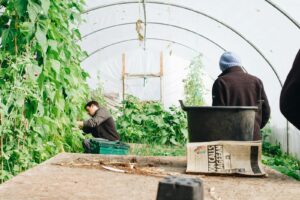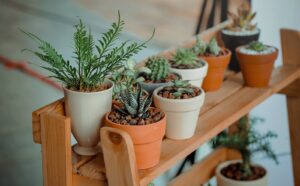Introduction
In today’s world, many people are seeking ways to grow their own food in small spaces. An indoor survival garden is a fantastic way to take control of your food supply, even if you don’t have access to a backyard. Whether you’re living in an apartment or just want to grow food during the winter months, creating an indoor garden can be both fun and rewarding. This guide will help you set up your very own indoor survival garden, ensuring you have fresh, homegrown produce even if space and resources are limited.
1. Why Start an Indoor Survival Garden?
An indoor survival garden is designed to allow you to grow a variety of edible plants indoors, giving you access to fresh produce even in harsh weather conditions or times of emergency. Indoor gardens are perfect for people who live in apartments or homes with limited outdoor space. They also provide an opportunity to grow food all year round, especially in colder climates where outdoor gardening is restricted to the warmer months.
Benefits of an Indoor Survival Garden:
- Access to Fresh Produce: Grow fresh herbs, vegetables, and fruits year-round.
- Space-Efficient: Ideal for small spaces like apartments, balconies, or windowsills.
- Self-Sufficiency: Help reduce reliance on store-bought groceries, especially during uncertain times.
- Year-Round Growing: Unlike traditional gardens, indoor gardens are not affected by seasonal changes.
2. Selecting the Right Location for Your Indoor Garden
The first step in creating an indoor survival garden is selecting the right location. Your indoor garden should be placed in a space that receives ample natural light.
Consider the following factors when choosing a location:
- Natural Light: Choose a spot that receives at least 6-8 hours of sunlight each day. South-facing windows are typically the best for getting plenty of light.
- Space: Consider how much space you have available for containers or garden beds. Smaller spaces may require vertical gardening or the use of shelves.
- Temperature and Humidity: Most indoor plants thrive in temperatures between 60°F and 75°F. Keep your garden away from drafts, heat vents, or cold windows.
- Accessibility: Make sure your garden is easily accessible for watering, harvesting, and general maintenance.
3. Choosing Plants for Your Indoor Survival Garden
The key to a successful indoor survival garden is selecting the right plants. Some plants are better suited for indoor growing due to their size, light requirements, and growth patterns.
Best Plants for Indoor Survival Gardens:
- Herbs: Herbs like basil, cilantro, mint, thyme, and parsley are easy to grow indoors and add flavor to your meals.
- Leafy Greens: Vegetables such as spinach, lettuce, kale, and arugula grow well indoors in containers or trays.
- Root Vegetables: Carrots, radishes, and beets can be grown in deep containers, making them a great choice for an indoor garden.
- Tomatoes: Certain small or dwarf tomato varieties are perfect for growing indoors, providing you with fresh tomatoes year-round.
- Peppers: Peppers, including bell peppers and chili peppers, can thrive indoors with adequate light and warmth.
- Microgreens: Quick-growing microgreens like mustard, radish greens, and sunflower sprouts are perfect for indoor survival gardens and provide fast harvests.
4. Setting Up Your Indoor Garden
Once you’ve selected your plants, it’s time to set up your indoor garden. There are several options to consider depending on the space available and your gardening preferences.
Indoor Gardening Options:
- Containers and Pots: Use containers of varying sizes to plant your vegetables, herbs, and flowers. Ensure that the containers have drainage holes to prevent waterlogging.
- Hydroponics: If you’re looking for a more advanced method, hydroponic gardening (growing plants in water) is an excellent choice for indoor gardening. It requires less soil and can be set up in a compact space.
- Vertical Gardens: Use shelving or a vertical garden setup to grow more plants in a small space. This method makes use of wall space and is great for small apartments.
- Grow Lights: If you don’t have access to enough natural light, you can invest in grow lights. These artificial lights provide the necessary spectrum for plants to thrive indoors.
5. Soil and Containers for Indoor Survival Gardens
The soil you choose and the containers you use are important for the health and growth of your indoor plants.
Soil Tips:
- Use High-Quality Potting Soil: Choose a good-quality potting mix that provides proper drainage and is rich in nutrients.
- Consider Organic Soil: For an eco-friendly option, consider using organic soil or compost for your indoor plants.
- Avoid Garden Soil: Do not use outdoor garden soil indoors, as it may contain pests or pathogens that can harm your plants.
Container Tips:
- Choose the Right Size: Ensure that your containers are the right size for the plants you’re growing. Containers should allow roots to spread out.
- Use Drainage Trays: Always use trays beneath your containers to catch any excess water that drains out.
6. Watering and Feeding Your Indoor Garden
Watering and fertilizing your plants are essential for their survival and growth. Indoor plants may not need as frequent watering as outdoor plants, but they still require consistent care.
Watering Tips:
- Water When the Soil is Dry: Stick your finger into the soil to check moisture levels. Water only when the soil feels dry about an inch below the surface.
- Use a Watering Can: Water your plants gently, avoiding splashing water onto the leaves, which can lead to mold or rot.
- Humidity: Indoor environments can be dry, especially in the winter. If necessary, increase humidity levels by misting the plants or placing a small humidifier nearby.
Fertilizing Tips:
- Use a Balanced Fertilizer: Indoor plants benefit from regular feeding. Use a balanced liquid fertilizer designed for indoor plants, and follow the instructions carefully.
- Feed During the Growing Season: During the growing season (spring and summer), fertilize your plants every 2-4 weeks. During the dormant months (fall and winter), reduce fertilization.
7. Harvesting from Your Indoor Survival Garden
Harvesting from your indoor survival garden is a rewarding experience. Most indoor plants will provide multiple harvests throughout the year.
Tips for Harvesting:
- Pick When Ripe: Harvest fruits and vegetables when they are fully ripe. For leafy greens, you can harvest the outer leaves and allow the center to continue growing.
- Regular Harvesting: For continuous growth, harvest your plants regularly. This encourages new growth and keeps the plants healthy.
- Use Clean Tools: Always use clean, sharp tools to avoid damaging your plants.
Conclusion
An indoor survival garden is a practical and rewarding way to grow your own food, even when space and outdoor conditions are limited. By selecting the right plants, setting up a suitable indoor environment, and maintaining your garden, you can enjoy fresh, nutritious food all year round. Whether you’re growing herbs for culinary purposes or vegetables for a self-sustaining food source, an indoor garden can be a valuable addition to your home.
